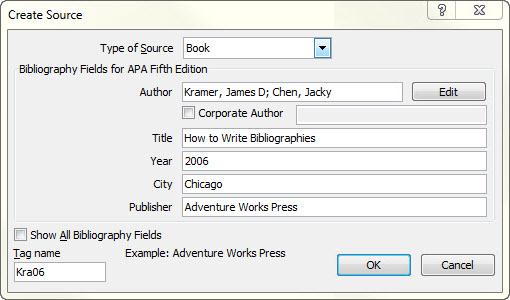

Use the cursor to navigate behind the citation and click on the relevant source.

When you click on it, Word will show you a list of all sources you’ve entered. You’ll find the “ Insert Citation” button under the “ References” tab. Once you’ve used a quote in your work, you can simply add the corresponding reference to the original. Although a short reference is given to the original work in the text itself, the user can find more comprehensive details about the cited work in the bibliography (such as the date of issue and edition in addition to the author and complete title).

These references and the bibliography are closely linked: in general, every source of a citation is listed in the closing bibliography. It ensures that you don’t forget a certain reference.Ĭitations directly reproduce the wording from another author, and they are unambiguously marked so that you don’t commit plagiarism. What’s more, a well-structured bibliography can help you do your research even while writing the document. Plus, citations enable you to clearly delineate which ideas and statements are your own and which come from other authors: it’s clear whose knowledge your work builds on. These should be listed at the end of the paper, allowing the reader to delve deeper into the subject’s literature. Whether it’s an essay, report, a bachelor’s or master’s thesis or a dissertation, in academic papers you always refer to sources.


 0 kommentar(er)
0 kommentar(er)
